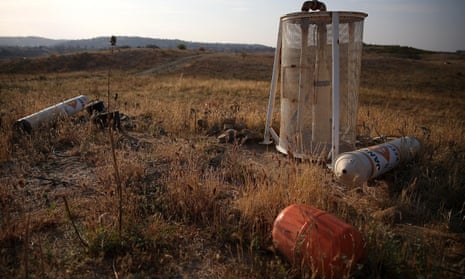California has adopted its first rules for mandatory cuts in urban water use as a catastrophic drought enters its fourth year.
The emergency regulations, which require some communities to trim water use by as much as 36%, were approved unanimously on Tuesday by the state water resources control board weeks after the Democratic governor, Jerry Brown, stood in a drying meadow and ordered statewide rationing.
“This is a community crisis,” said the water resources board chairwoman, Felicia Marcus. “We want to get this as right as we can.”
The rules, which will be reviewed by state legal advisers before being implemented, require cutbacks of 4% to 36%. Communities that use the most water will be asked to take the deepest cuts.
Urban users will be hit hardest even though they use only 20% of water.
The state’s massive agricultural sector, which the Public Policy Institute of California says uses 80% of human-related consumption, has been exempted.
Brown, a Democrat, has defended the agricultural exemptions, saying farmers have had to make do with less water as the state restricted supplies for irrigation during the drought.
One of the main aims of the rules will be to cut back water used for ornamental lawns and other outdoor landscaping.
San Francisco must cut its water use by 8%, Los Angeles by 16%, San Jose 20% and Sacramento 28%.
At the high end, Bakersfield and Modesto, in the San Joaquin valley, and Beverly Hills will have to cut by 36%.
At Tuesday’s hearing, many water districts complained that the regulations were unfair, penalising residents for water use needed in their communities by agricultural and industrial users.
Others said that their residents had paid extra for years to store water for use during dry years but are now told they cannot use it.
The regulations also require water suppliers to report regularly to the state on their progress. Even the smallest districts would have to collect usage data and limit watering to two days a week.

Comments (…)
Sign in or create your Guardian account to join the discussion